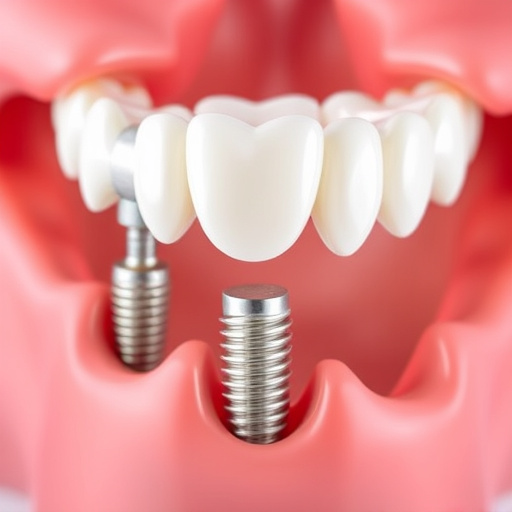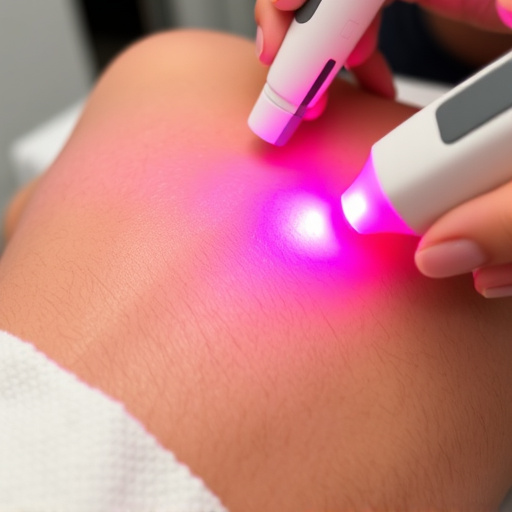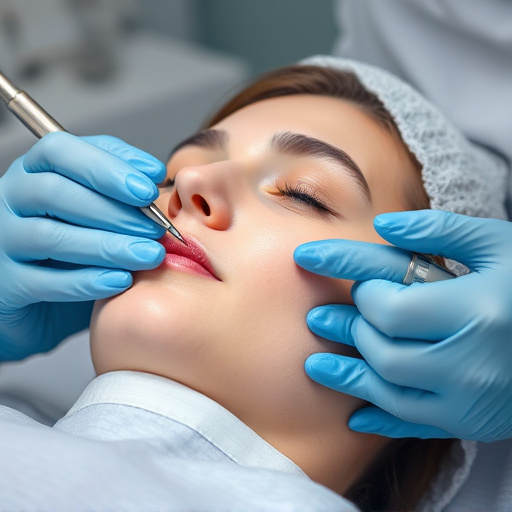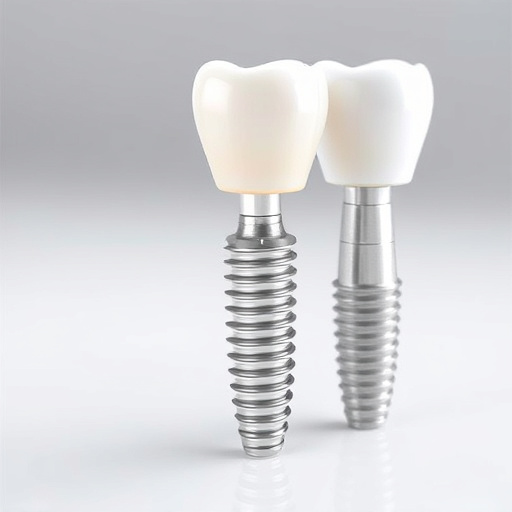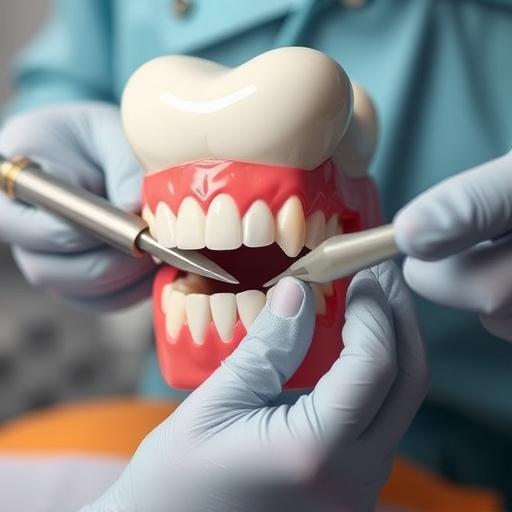Gum disease, a global oral health concern, can lead to bone and tooth loss if untreated. Recognize symptoms like gum inflammation, bleeding gums, bad breath, loose teeth, and painful chewing. Causes include poor hygiene and weakened immunity. Early detection is key; treatment ranges from non-surgical deep cleaning and dental bonding to advanced surgical procedures like pocket reduction surgery and guided tissue regeneration (GTR). Preventive dentistry and regular oral exams are crucial alongside proper brushing, flossing, and cleanings for effective gum disease management. Consult an oral health professional for personalized recommendations based on disease stage and individual needs.
“Uncover the top gum disease treatment options available today. Gum disease, a common oral health issue, can range from mild inflammation to severe periodontal infection. Understanding its causes and symptoms is the first step towards effective management. This article explores both non-surgical approaches, offering gentle yet potent solutions, and surgical interventions for advanced cases. By delving into these treatments, you’ll gain valuable insights into reclaiming your oral health and transforming your smile.”
- Understanding Gum Disease: Causes and Symptoms
- Non-Surgical Approaches for Effective Treatment
- Surgical Interventions and Advanced Treatments
Understanding Gum Disease: Causes and Symptoms

Gum disease is a common oral health issue that affects millions worldwide. It’s important to understand that it isn’t just about bad breath or bleeding gums; if left untreated, gum disease can lead to serious complications like bone loss and tooth loss. The primary types are gingivitis and periodontitis, with the latter being more severe. Symptoms include red, swollen, or tender gums, bleeding while brushing or flossing, persistent bad breath, loose teeth, and painful chewing. Often, gum disease is caused by poor oral hygiene, where plaque builds up along the gumline due to inadequate brushing and flossing. Another factor could be certain medical conditions like diabetes or HIV/AIDS that weaken the immune system, making it harder for your body to fight off infections.
While early detection and treatment are key to preventing severe damage, there are several effective gum disease treatment options available. These range from non-surgical procedures like deep cleaning (scaling and root planing) to surgical interventions such as wisdom tooth removal or periodontal surgery for more advanced cases where the gums have severely receded or bone loss has occurred. For cosmetic concerns related to damaged teeth, tooth repair procedures or cosmetic dentistry might be considered. It’s always best to consult an oral health professional who can recommend the most suitable gum disease treatment based on individual needs and the stage of the disease.
Non-Surgical Approaches for Effective Treatment

When it comes to non-surgical approaches for gum disease treatment, there are several effective options available that can help restore oral health without invasive procedures. One such method is dental bonding, which involves applying a tooth-colored resin to damaged or decayed teeth to protect and cover affected areas. This not only improves the appearance of teeth but also helps prevent further gum recession.
Preventive dentistry plays a crucial role in managing gum disease. Regular routine oral exams are essential for early detection of any issues. By combining these non-surgical treatments with diligent oral hygiene practices, individuals can effectively combat gum disease and maintain overall oral health. Preventative measures such as proper brushing, flossing, and routine dental cleanings form the foundation of a robust strategy to prevent and control gum disease.
Surgical Interventions and Advanced Treatments

When it comes to severe or advanced gum disease treatment, surgical interventions often become necessary. Procedures like pocket reduction surgery and soft tissue grafts are designed to address deep pockets formed by gum recession, promoting better healing and reducing the risk of further infection. In some cases, patients might require tooth repair or wisdom tooth removal as part of their comprehensive dental care plan. These advanced treatments aim to restore oral health, prevent bone loss, and maintain a stable gum line.
Modern dentistry also offers innovative solutions such as guided tissue regeneration (GTR), which involves placing a barrier between the gums and bone to encourage the growth of new, healthy bone and soft tissue. This advanced approach can significantly improve outcomes in both cosmetic and functional terms, making it an attractive option for those seeking long-lasting relief from gum disease.
When it comes to addressing gum disease, understanding your options is key. From non-surgical approaches that focus on deep cleaning and reducing inflammation, to surgical interventions that may be necessary for more severe cases, there are effective treatments available. By staying proactive in your oral care routine and seeking professional guidance, you can achieve and maintain healthy gums, ensuring a vibrant and functional smile for years to come. Remember, early detection and treatment are vital in managing gum disease effectively.
